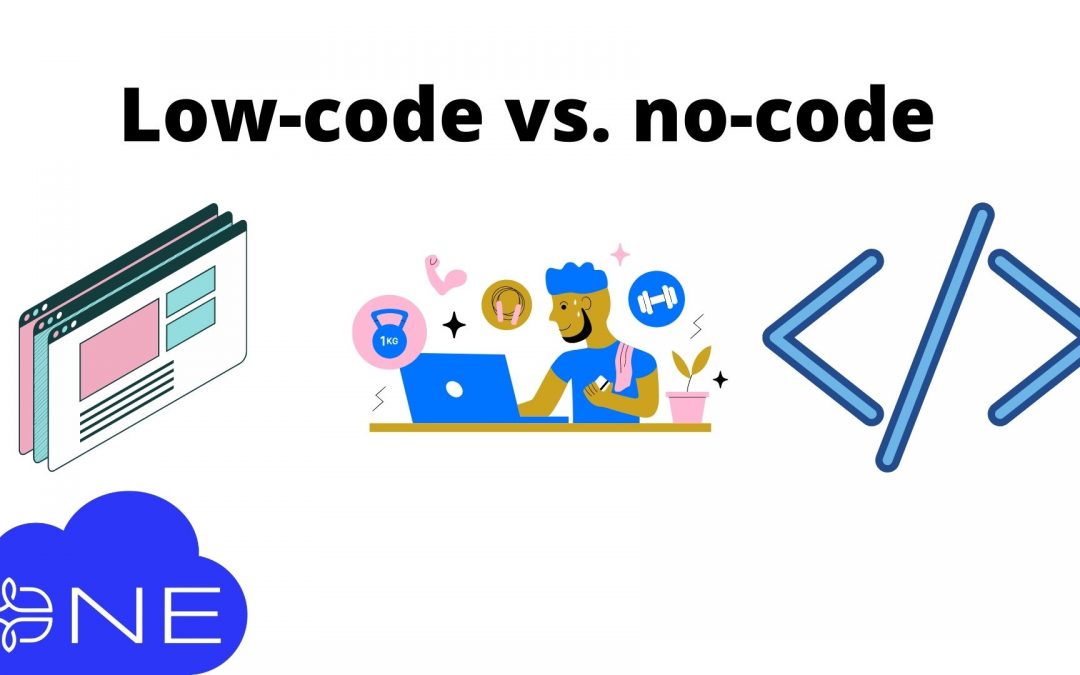Low-code / no-code are used interchangeably, both these terms are used to describe low-effort activity to create software or applications. This implies that the low-code developer doesn’t have to be tech savy or know programming, but of course it’s better to have a bit of tech expertise.
So following things are common for low-code and no-code:
- Low effort software development
- Usually assumes vitual or schemtic ways of building business flows.
- Both involve presets, templates, default components.
- Both don’t require any special tech knowledge
- Low-code and no-code are what you see is what you get.
Okay, but there are differences between low-code VS no code.
- No-code – assumes be a typical page / UI builder most of the time.
- Low-code – not only a visual diagram tool, but a few configurations that you might want/need to set up.
- No-code – rarely involves vendor support
- Low-code – you might still need vendor support, but that’s okay, cause most of the time support comes out of box with low-code solutions.
- No-code – limited funtionality
- Low-code – possiblities are not limited to the visible aspects, it’s possible to bring in new, legacy or additional code.
- No-code – might not have extended functionality
- Low-code – the vendor or developer can quickly create new integrations or integrate your custom business logic.
That’s all for differences and similaties for low-code and no-code solutions.
